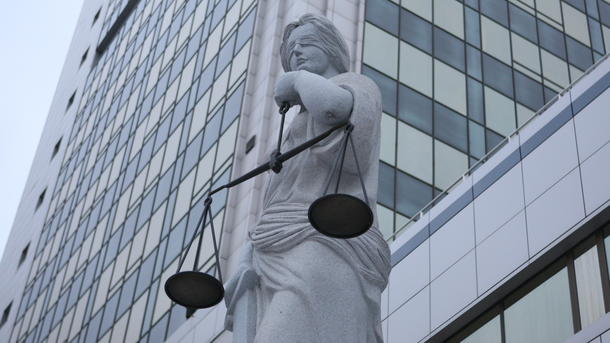I sued the LA Times for wrongful termination and defamation in 2016. The Times responded with an anti-SLAPP motion asking the court to order me to pay them hundreds of thousands of dollars in their legal fees. They prevailed at the trial court level.
In 2017 I filed my anti-SLAPP appeal to the California Court of Appeals. Now the Times has responded to my appeal with their own brief.
Here are the relevant documents:
My Opening Brief for my anti-SLAPP appeal:
Ted Rall vs. Los Angeles Times: anti-SLAPP Appellate Brief by Ted Rall on Scribd
The Times’ Respondents Brief:
LA Times’ Respondents Brief for anti-SLAPP Motion in Ted Rall v. Ted Rall et al. by Ted Rall on Scribd
Now we are working on our response to their response. We will post our response brief here after it is finished and filed. After we file that, the court will advise of a date when they will hear my anti-SLAPP appeal.
Obviously my attorneys and I have thoughts about the Times’ arguments as stated in their brief, but Times attorney Kelli Sager reads my blog (hi!) so it would be unwise for me to say anything here about what we think.
However, thousands of heads are better than three! We might be missing something important in this struggle for free speech and against police control of the press. So if you have any thoughts about any of this, please comment here or feel free to contact me directly at rall.com/contact. Thank you for your support!


